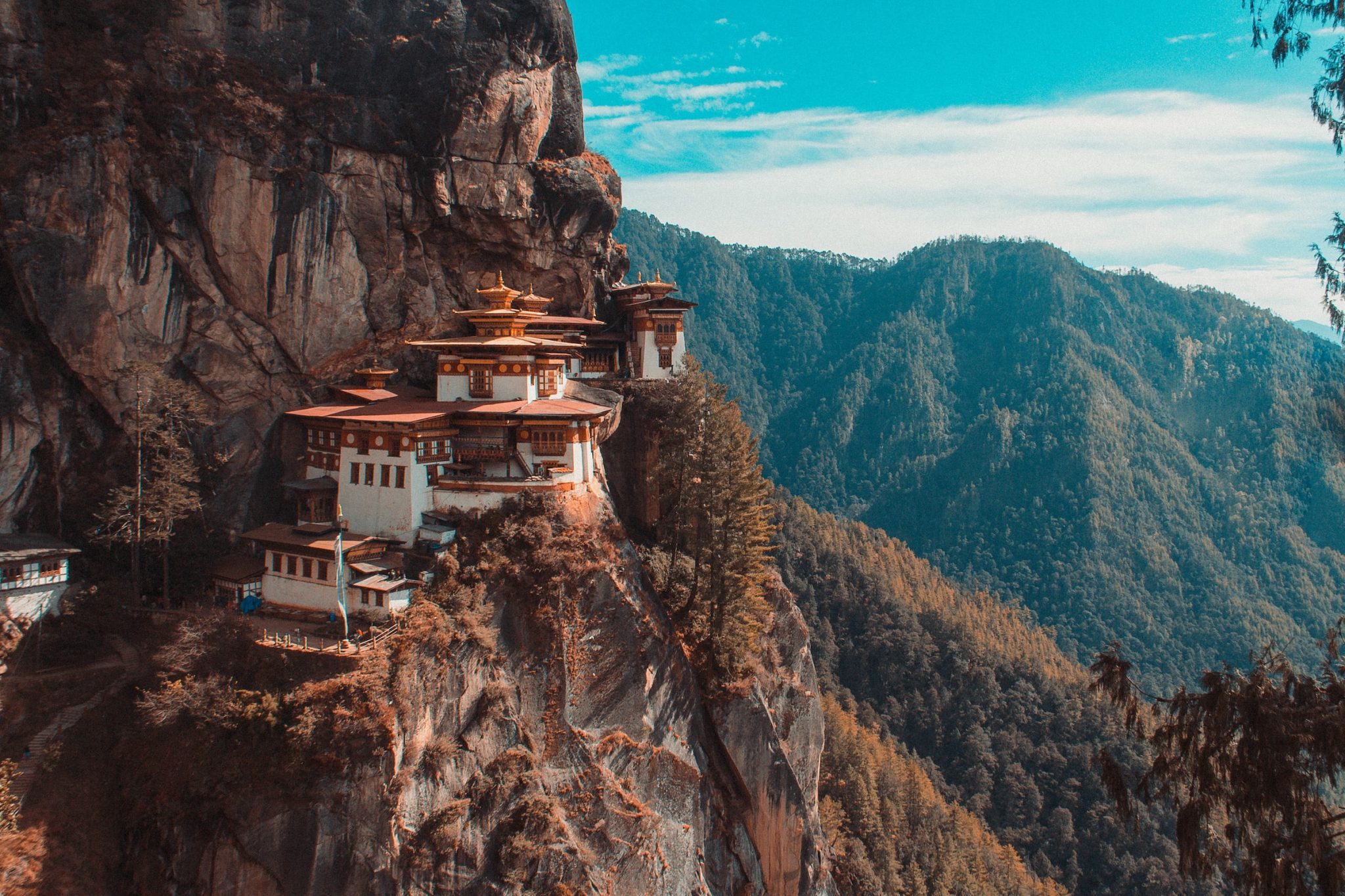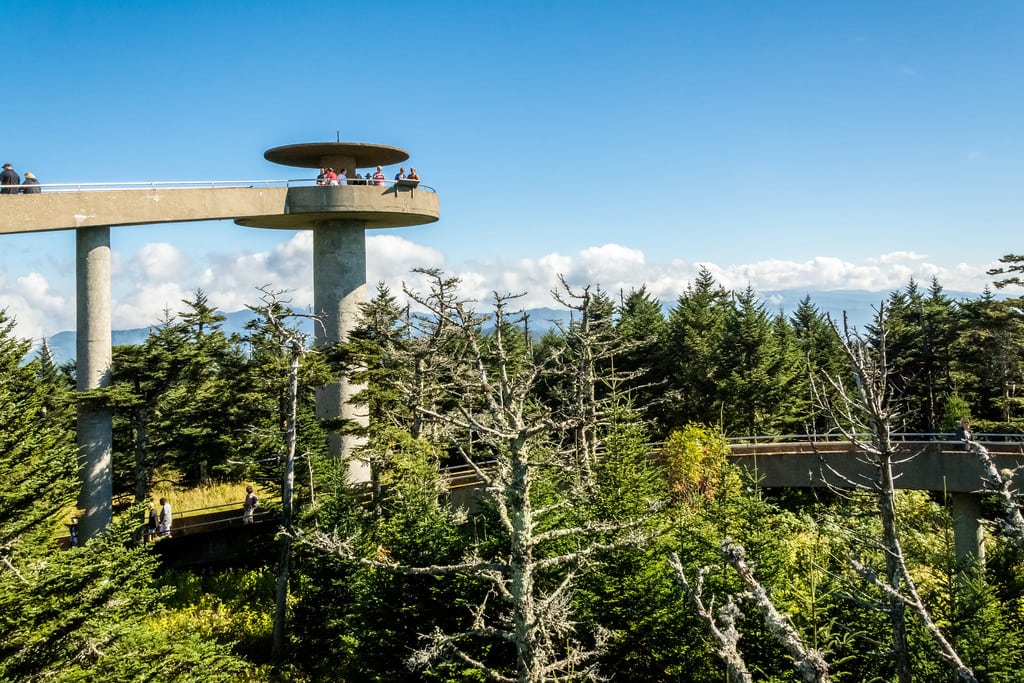Tourist Destinations Face Dilemma Switching From Quantity to 'Quality' Visitor Strategies

Skift Take
When destinations pursue a quality over quantity-based visitor strategy, they risk excluding local mom-and-pop businesses from tourism development, and heightening destination inaccessibility for lower income groups.
More destinations, however, are chasing fewer but “higher quality” (or “high value”) tourists instead of raw visitation numbers. Hawaii, Uganda, Rwanda, and Bhutan are some examples, said G Adventures Vice President of Product Yves Marceau.
Other destinations are quietly taking a wait and see approach to see how other destinations implement this strategy.
In the past, a big focus was on increasing the number of visitors. More visitors meant more success.
“Heads in beds” was the game, said Chris Seek, CEO of Solimar International, a sustainable tourism consultancy. Now, more destinations are focused on the high-quality or high value visitors, which some say is largely just a substitute for a high spender. “You’re basically talking about higher income travelers versus lower income travelers,” Yves said.
But beyond having a higher income, this group supposedly has other characteristics beneficial to the destinations they visit. They are more likely to spread their dollars and time at a variety of cultural destinations and be more mindful of their impacts, some say.
“The high value visitor is going to be more interested in experiential tourism, buying local high-quality crafts, going to museums and cultural events, more likely to attend a cultural performance,” said Seek. “They pay for the services of a tour guide because they really want to learn as opposed to the ones that just really want a selfie.”
One driver of the strategy pivot is economic growth. Indonesia, for example, has made it a policy to help impoverished towns like Labuan Bajo develop thriving tourism economies. The government sees attracting “high quality” tourists as essential to the initiative’s success.
A bigger impetus for pursuing a quality-based strategy has been community demand to reduce tourism’s negative impacts. The Hawaii Tourism Authority, for example, pivoted in response to communities frustrated with congestion, environmental damage, and other adverse consequences.
“Governments and DMOs (Destination Management Organizations) are starting to realize we need to at least start telling their constituent citizens that we are trying to attract the right kind of traveler, the kind that’s going to spend more money and be more respectful of the people they are visiting,” Seek said.
For destinations, a quality-based strategy accomplishes three things: overtourism mitigation, ensuring sustainability, and community inclusion. In practice, it typically means a price hike to access a destination. Bhutan, for example, raised its sustainable development fee from $65 to $200, a 300 percent hike.
“In the long run, our goal is to create high-value experiences for visitors, and well-paying and professional jobs for our citizens,” said Tandi Dorji, foreign minister of Bhutan and chairperson of the Tourism Council of Bhutan.
Another example is a higher entry fee for a destinations' national parks. The Indonesian government, for example, plans to raise the admission fees by 25 times at the Komodo Dragon National Park to preserve the namesake animal's habitat.
There’s also the reality the strategy can reinforce class divisions. “I always get concerned about limiting travel based on income,” Yves said. Higher entry fees push away travelers with lower incomes or from lower-income countries, which makes tourism less democratic and inclusive.
The approach toward quality-based tourism can exclude local businesses, as well. “At some point, someone is going to lose because there are fewer travelers,” Yves said. “In the end, it’s the small mom-and-pop or small communities or communities doing homestays that could feel the greatest negative impact.”
Indeed, when the government initially implemented its price hike to see the Komodo dragon, local tour operators and guides went on a strike, disrupting the park’s operation, and they received international attention. In response, the government moved its price hike date from this month to January 2023.
High-spending tourists often forgo tourism stakeholders like homestay hosts, tour guides, and other local tourism participants. They typically stay in traditional tourism areas, and in hotels and resorts. In contrast, budget tourists, like backpackers, often do the opposite.
“They often get criticized for not spending enough,” Seek said. “They are the ones who stay in the community’s homestays, local restaurants. While the money they spend might not be that crazy amount that high value visitors spend, they are spending directly on the community.”
Skift’s in-depth reporting on climate issues is made possible through the financial support of Intrepid Travel. This backing allows Skift to bring you high-quality journalism on one of the most important topics facing our planet today. Intrepid is not involved in any decisions made by Skift’s editorial team.




